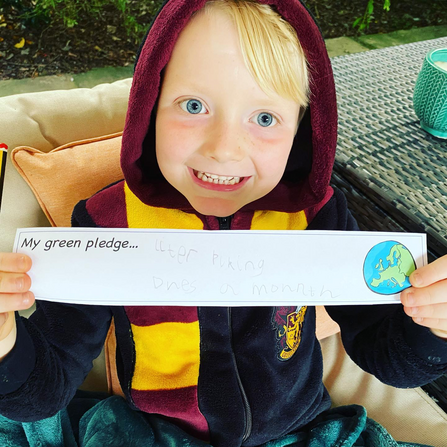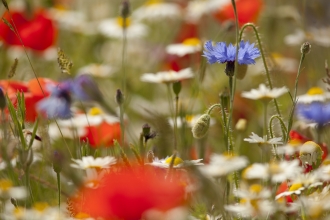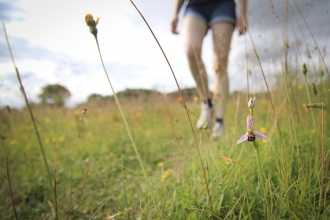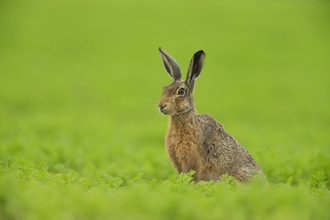It’s no secret that those who take part in 30 Days Wild feel happier and healthier, and not just during the challenge. In a study conducted by The Wildlife Trusts and the University of Derby, the feel-good factor could still be felt two months after the challenge was over.
If you’ve ever taken part in 30 Days Wild, this will come as little surprise. Taking the time to connect with nature every single day, even if only for a few minutes, can have a powerful effect on our wellbeing and how connected we feel to the natural world around us.
One of our favourite parts of 30 Days Wild is seeing what you are all getting up to as part of the challenge, from reducing plastic waste to painting a watercolour of your favourite local wild place. This year, the wild adventures of Kath Simpson, her sons and partner caught our eye, so we caught up with Kath at the end of the challenge to find out how a month of nature connection has impacted her family.






